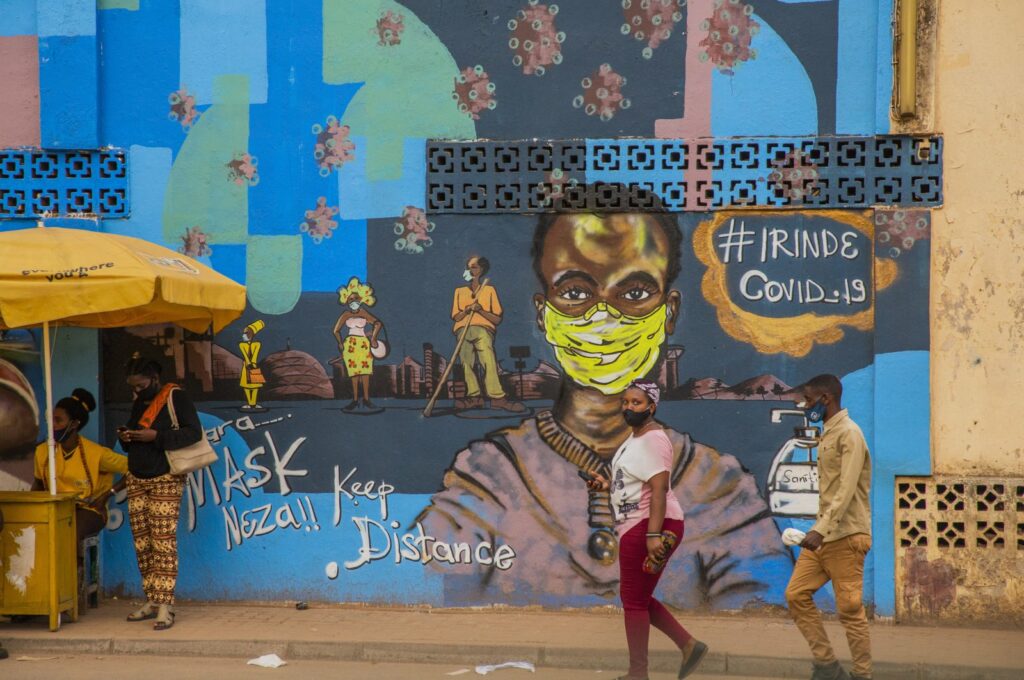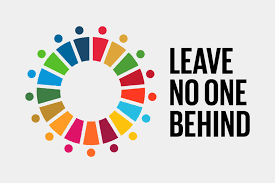Introduction Economic growth has traditionally been driven by the consumption of finite resources. The nature of humanity’s interaction with the planet has been take, use, and discard. Since the advent of the industrial revolution in the 19th century these behaviours have led to rapid advancements in the fields of energy, medicine, textiles, and transport to name but a few. In many corners of the world this has in turn led to increased quality of life, longer life expectancy, and relative political stability. These advances have, however, come at a cost. This ‘pursuit of happiness’ has led to a global economy willfully ignorant of the Earth’s resource limitations. The spread of wealth has been inequitable, and is worsening at a continuing rate. The traditionally wealthy regions of Europe, and North America have prospered, while many parts of Africa, the central and southern Americas, Asia and Northern Oceania have been left behind. Compounding this has been the increasing concern surrounding the ill effects of anthropogenic climate change, with these same regions expected to suffer greatly in the coming years and decades due to increased extreme weather events, the forced displacement of people, and challenges to agricultural practices. The developing countries within these regions have rightful ambitions to achieve a quality of life that Western populations have become so accustomed to. As their economies expand, so too does the pressure on the planet’s resources. In order to facilitate their growth, it is the duty of developed nations to adapt their ways of life to accommodate their fellow people. The idea of the Circular Economy has been adopted by an increasing number of nations, and big industry players as a means of facilitating sustainable growth.
Continue reading “You’ll grow into it! Circular solutions to the fast fashion problem.”



